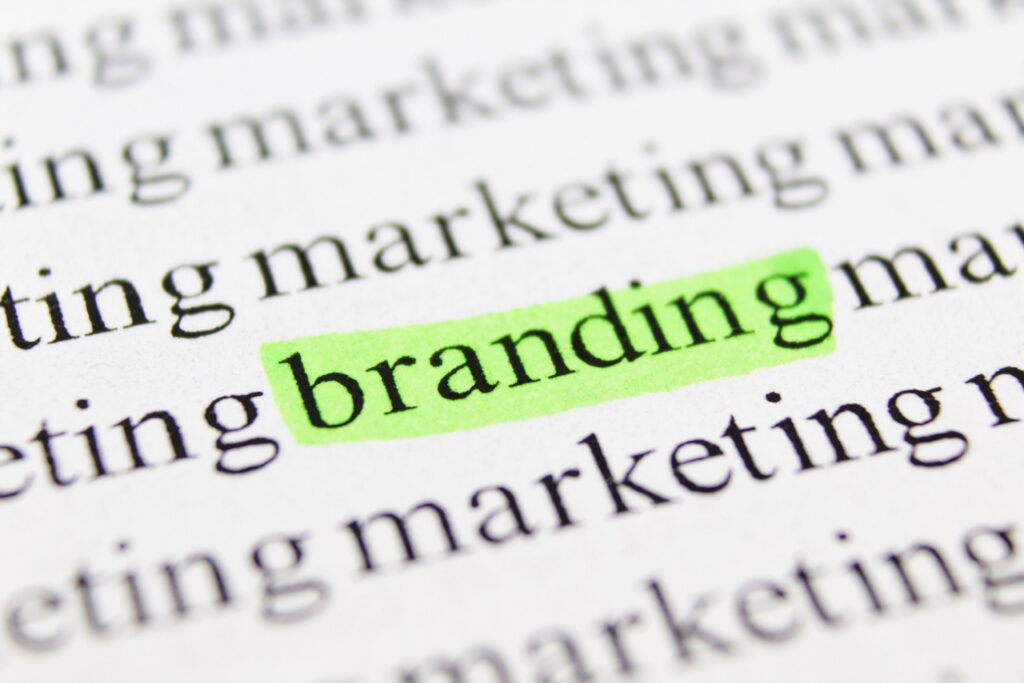What is behind your company brand? Do you know what your customers think of your brand?
In the 1800s, ranchers used a “brand” to identify their cattle. The “brand” was essentially a logo that distinguished one rancher from the other. That is why when we think of a logo, we think of “brand.” While a logo is very important, selecting the right imagery, fonts and colors to create the visual elements of your brand is also essential.
Companies like Procter & Gamble and Coca-Cola take painstaking care in building their visual brand, but this is just one aspect to their success. The full brand identity is much broader.
It’s a culmination of experiences, feelings and perceptions of a company or organization.
It is your values, motivations for being in business and the carefully crafted customer journey. Your brand is created out of every interaction with a customer, embodied in every Google review and every accumulated perception built over time through your customers, your employees and the community in which you operate.
This is not to say that a company’s logo and colors are not critically important in communicating a brand. They absolutely are. When you see a logo with colors, shapes and symbols, it is expected that these elements reflect the values and core identity of the company or product.
I find the process of building a new brand exciting.
It is a blank canvas with a world of possibilities. I had the opportunity to work with a start-up company in the logistics industry last year. By the time they hired my firm, they had already created the company name and logo.
The name had personal meaning to the owner, and the logo was beautifully designed but utilized delicate graphics and soft pastel colors. Not an image typically conjured up when thinking of logistics, trucking and manufacturing. It would take extra effort for prospective customers to reconcile the disconnect of a dainty, more flowery image being aligned with their male-dominated, heavy equipment company. We worked with them to integrate the meaning behind the name and reinterpret the existing logo design into a more assertive look.
As a small business, you may DIYed your logo and are now thinking, “What do I do now?”
Not to worry. Your customers are likely used to your visual identity, so you can infuse more depth to the brand experience by creating even deeper connections with your customers, employees and community.
I saw another example of a brand disconnect while I was traveling recently.
My sister and I looked up shopping destinations online before venturing out, which led us to a specific boutique. This boutique’s logo and website were beautiful and had a look and feel that appealed to my style. The social media posts for the boutique were all about friendly customer service and a personal touch. I was particularly interested in their offer of a personal stylist because well – let’s face it – I could always use a style refresh.
When we got to the store, it was not as elegant and pretty as their brand identity led us to believe. There was no visible sales associate. We looked around a few minutes before a woman came out from the back of the store and went straight behind the counter. She did not acknowledge us. When we were finished shopping, I went to the counter and inquired about the personal styling. She asked for my name, phone number and email and said the expert stylist would contact me. Two weeks passed before I realized I never got that call.
So other than their logo and colors – their visual identity – did the customer experience reflect what they told us about their brand? Were they customer focused? Did they give personal attention? My perception of that brand began with their logo, colors and other aesthetics, but it will be remembered a certain way based on my experience and interaction with the boutique itself.
It is a beautiful thing when all of the elements of a brand align to strengthen the overall identity of a company or product.
This all serves as a reminder that your company’s brand is not your logo. If you hear that a company is going to “rebrand,” it should mean they are changing the very essence of who they are and their strategy for how they do business. Your brand is built out of all the interactions, experiences and memories your audience has with you. Your logo and marketing materials should reflect how you want to be perceived and how you want to treat the people that encounter your products or services. Assessing the brand through all these lenses is what will make for a great brand strategy and a strong and sustainable company.
For more on building a strong brand, contact us at, contact us here.

